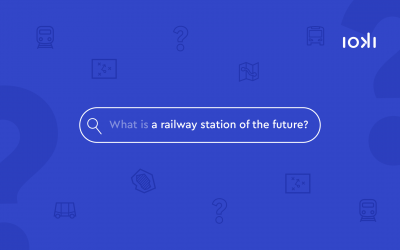Too much concrete means less trees
The increased traffic volume does not remain without consequences. It results in an additional burden on nature and mankind due to a variety of factors. More and more parking spaces and other traffic areas are being built – even though traffic planners were already aware in 1960 that the concept of a fully car-friendly city was not a promising one. However, it is not only the increase in sealed surfaces that is causing environmental pollution. Nor should the ever-increasing noise and exhaust pollution be underestimated. This has a negative impact on communication, recreation and the health of city dwellers.
In order to maintain and even improve the quality of people’s lives, new ways of making transport more efficient and climate-friendly must be integrated. Above all, we must break away from an isolated view of individual means of transport. Forms of mobility must be smartly networked with one another in order to create holistic approaches that make mobility more individual, flexible and digital.
Mobility of tomorrow
Not only bike sharing, car sharing and co. are currently on the rise. Based on a mobility analysis, which uses data to show the exact need for optimization of a transport portfolio, an on-demand solution can also help to meet the demands of modern mobility. By phone or app, it can be used as a dynamic vehicle system without fixed schedules or routes. By offering a range of services tailored to demand, urban traffic is thus relieved and the travel time of passengers is shortened. In addition, the bundling of journeys increases cost efficiency through strategic planning of vehicle utilisation.
From grey to green through public transport
Whether in rural regions or in the city: mobility is a central prerequisite for participation in our society. However, the transport system in its current form places too great a burden on the environment through air and noise emissions. Since motorised individual transport, in particular, contributes to the high emission levels in cities, cities must address precisely this problem. An optimised public transport system can help to reduce emissions in the long term and thus improve people’s quality of life. Courageous and new impulses are needed to further advance the mobility revolution.



